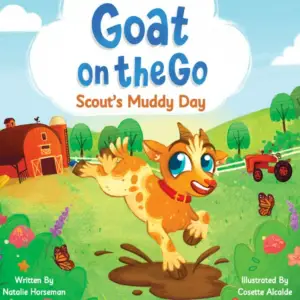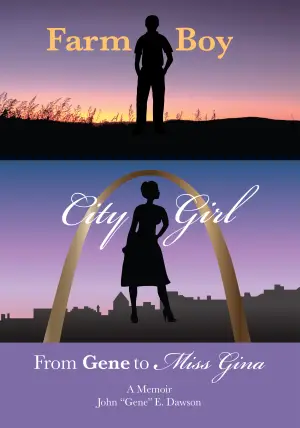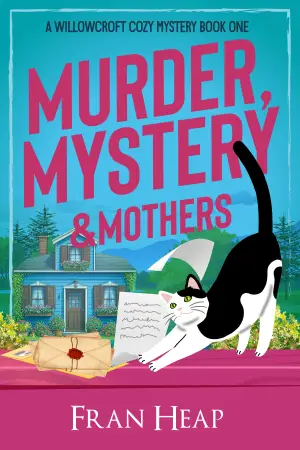At the Bottom of the Garden: A Haunting Journey
I’ve always been drawn to stories that intertwine the supernatural with heartfelt emotions, so when I picked up At the Bottom of the Garden by Camilla Bruce, I felt a mix of excitement and curiosity. The premise—a pair of orphans, ghostly revenge, and an unfeeling aunt—promised a delicious blend of atmospheric suspense and familial ties. However, while the seeds of a captivating story were planted, the execution left me with mixed feelings.
From the outset, I was intrigued by the ghosts lurking in Aunt Clara’s rundown house, a place where the atmosphere practically dripped with mystery. The sisters, fourteen-year-old Lily and her younger sibling, Violet, were the undeniable stars. Their talents—Violet’s ability to hear the murmurs of taxidermied animals and see ghosts, while Lily can read moods as if they were written on a canvas—added a compelling layer to their struggle against their odious aunt. Bruce’s depiction of these paranormal gifts was so much fun that I often found myself wishing for more focus on Lily and Violet rather than the adults in their lives.
However, the narrative stumbled with the character of Aunt Clara. Initially, I found her to be a classic villainess, but she quickly morphed into a caricature that felt out of place in the otherwise eerie atmosphere. Her obsession with diamonds, coupled with her comical blundering around the house as ghosts played tricks on her, left me scratching my head. There were moments where I felt I was watching a dark comedy rather than a suspenseful tale of revenge. It was as if Bruce couldn’t decide whether she wanted to evoke tension or laughter, and ultimately, it dulled the impact of Clara’s character.
The pacing also had its ups and downs. While the initial chapters drew me in with their haunting ambiance, the middle section felt stagnant, like the characters were caught in a repetitive loop. I was relieved when the momentum picked up again towards the end, revealing Clara’s and the sisters’ intertwined destinies but not without some effort.
What shone through were the dynamic between the sisters and their formidable bond as they navigated their challenging circumstances. Their reliance on each other and the strength they drew from their connection made their journey worthwhile. A memorable highlight for me was when Violet first realizes she can communicate with the ghost at the bottom of the garden; it’s a poignant moment that anchors the story amidst its more whimsical detours.
In conclusion, while At the Bottom of the Garden wasn’t my favorite offering from Camilla Bruce, it’s a tale that might resonate with readers who appreciate ghost stories with familial themes. If you’re looking for a book that combines the supernatural with the exploration of resilience among siblings, you might enjoy this atmospheric read, even though it didn’t completely meet my expectations. Ultimately, this experience hasn’t deterred me from eagerly anticipating Bruce’s next work—because there’s no denying her talent for crafting compelling concepts, even if the execution sometimes wavers.
Thank you to the publisher for providing a review copy!
Discover more about At the Bottom of the Garden on GoodReads >>











